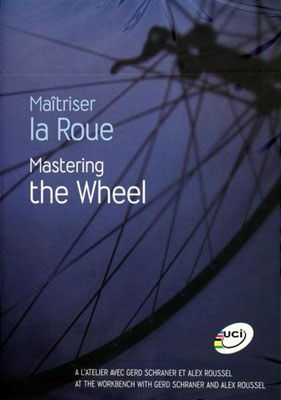Introduction:
Catching whitebait, also known as small whitefish, can be an exciting and rewarding experience for anglers of all levels. These delicate fish are known for their taste and are a favorite among many. Whether you are a beginner or an experienced angler looking to expand your fishing repertoire, this article will provide you with essential techniques to help you master the art of catching whitebait.
Understanding Whitebait Behavior:
Before diving into the fishing techniques, it's crucial to understand the behavior of whitebait. These fish are typically found in shallow waters, often near river mouths, coastal areas, and in streams. They are known for their swift movements and elusive nature, which can make them challenging to catch. Knowing their habits can significantly improve your chances of success.
Choosing the Right Equipment:
Rod and Reel: For whitebait fishing, a light-action spinning rod and reel are ideal. The rod should be between 6 to 8 feet long to provide enough sensitivity for detecting subtle bites.
Line: Use a monofilament line with a thickness of 4 to 6 pounds. This line is thin enough to be less visible to the fish but strong enough to handle the light bites of whitebait.
Hook: A small, lightweight hook, such as a size 10 or 12, is best for whitebait. The hook should be sharp and designed for light tackle.
Leader: Attach a 6 to 12-inch leader made of fluorocarbon line to your main line. Fluorocarbon is less visible in water, making it more effective for catching whitebait.
Bait and Lures:

Natural Bait: Live bait, such as small minnows or worms, can be highly effective for attracting whitebait. However, using natural bait can be challenging due to the fish's elusive nature.
Artificial Lures: Artificial lures, such as small jigs or spinners, are more practical for catching whitebait. These lures mimic the movement of natural prey and can be more effective in attracting the fish.
Fishing Techniques:
Locate the Hotspots: Focus on areas where whitebait are known to congregate, such as river mouths, coastal edges, and shallow waters. These areas are typically rich in food sources and provide ideal conditions for whitebait.
Patience is Key: Whitebait fishing requires patience. Spend time observing the water and waiting for the fish to bite. Rushing can lead to missed opportunities.
Trolling: Trolling is an effective technique for catching whitebait. Attach your lure or bait to a light line and slowly move it through the water. Adjust the speed and depth of the lure to mimic the natural movement of prey.
Jigging: Jigging involves repeatedly lifting and dropping your lure in the water. This technique can be effective for triggering bites from whitebait, especially in areas with a lot of underwater vegetation.
Bottom Bouncing: For areas with a lot of structure, such as rocks or logs, bottom bouncing can be an effective technique. Attach your lure to a weight and let it drag along the bottom, mimicking the movement of prey.
Tips for Success:
Early Morning or Evening: Fish during the early morning or evening when whitebait are most active. These times offer optimal conditions for catching the fish.
Weather Conditions: Overcast days or during the rainy season can be more productive for whitebait fishing, as these conditions tend to reduce visibility and make the fish more active.
Practice Sensitivity: Whitebait are known for their light bites. Practice being sensitive to the subtle movements of your rod to detect these bites.
Keep the Line Taut: Keeping your line taut can help you feel the fish's movements and set the hook more effectively.
Release Unwanted Fish: Be mindful of the size and regulations of the fish you catch. Release any whitebait that are too small or do not meet the legal size requirements.
Conclusion:
Catching whitebait can be a challenging but highly rewarding experience. By understanding the fish's behavior, choosing the right equipment, and employing effective fishing techniques, you can increase your chances of success. Remember to practice patience, be sensitive to the fish's movements, and enjoy the beauty of the natural world as you master the art of catching whitebait. Happy fishing!












